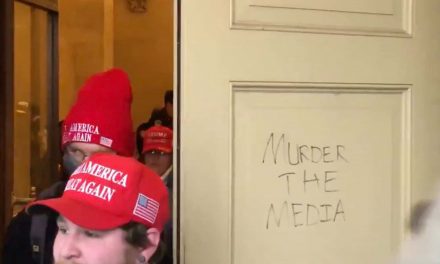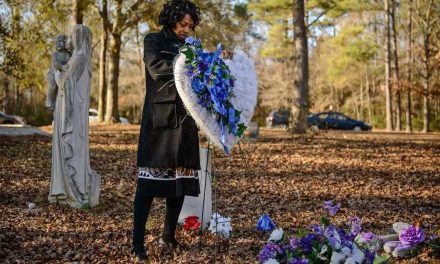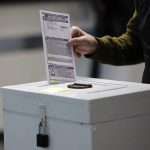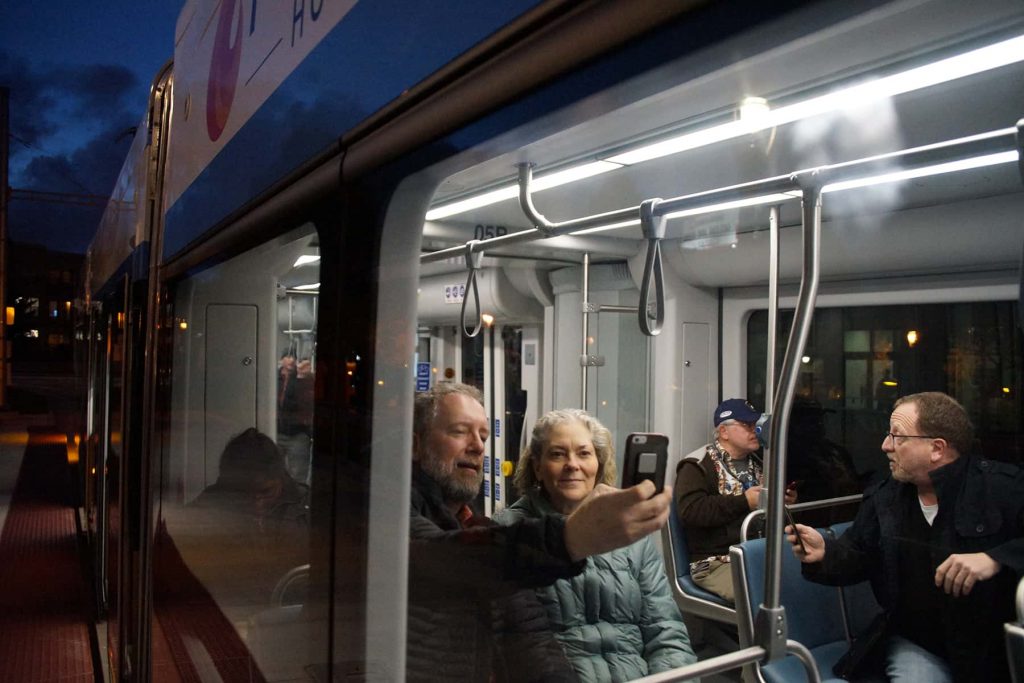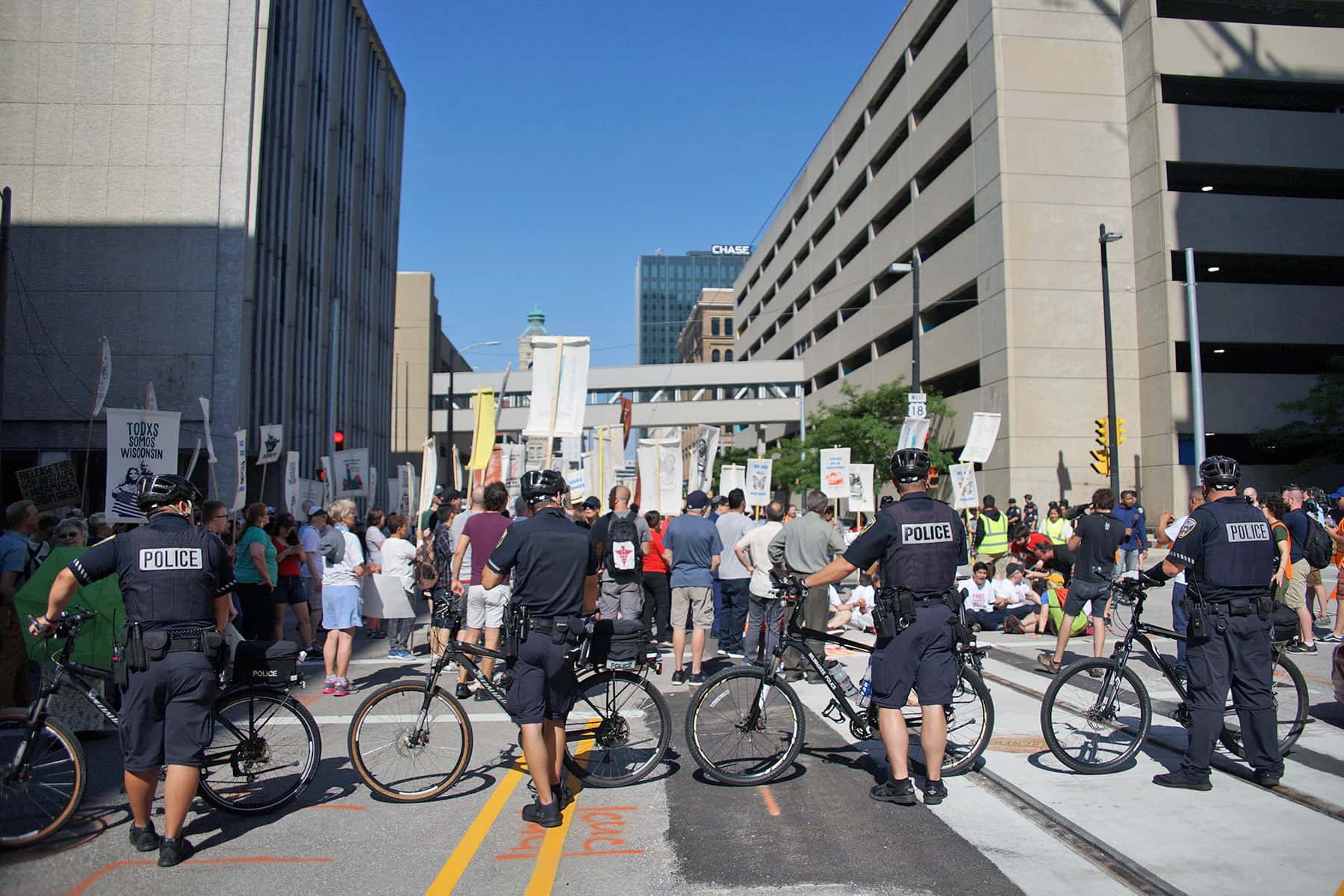
The Milwaukee School Board voted unanimously to end all contracts with the Milwaukee Police Department on June 18.
But school board member Paula Phillips, who co-sponsored the resolution to remove police from schools stated in her opening remarks that some people in her district were unhappy about the termination of a policing program in the schools called STOP (Students Talking it Over with Police) a couple of years ago and the loss of interactions between police and students.
Through the STOP program, designed by the MPD, police worked with upper elementary/middle school students to help them understand what the police do and how to behave when coming into contact with police. Phillips would later explain that police officers who lived in her district asked why the school board would end a STOP program designed to help kids.
A pilot STOP program started in several Boys and Girls Clubs in 2010. It expanded to several private schools before coming to Milwaukee Public Schools (MPS) in 2013. The program ended in MPS in June 2016. Why it ended within the school system speaks volumes about how the police see themselves in their interactions with the public even today.
Two STOP police officers at each school worked with handpicked school student “leaders” in hopes that their experiences could be passed on to other students. The officers explained how they do their job, the tools that they use and how the law works. Officers and students would play-act scenarios so that students could see the situations from the officers’ point of view.
Each program lasted one hour a week for seven weeks. At the end of the program, each student was given a completion card. If stopped by an MPD officer, the student could show the card to the officer to prove that this student knew the correct way to act with police.
A UW-Milwaukee study of the pilot program conducted by professors Kimberly Hassell and Tina Freiburger showed that students who participated did have a better idea of what the police did, how they should act when encountering the police, and gave the students a more positive attitude toward police.
The STOP program received the 2014 Webber Seavey Award from the International Association of Chiefs of Police for this innovative program. MPD expanded the program to Racine and even talked to the police department in St. Louis, MO. Milwaukee was ready to take the copyrighted program national.
As a school board member at the time, I questioned the rapid expansion into MPS simply based on a single study of a pilot program and thought more needed to be done to test and improve the program. In the end we authorized the program, but required the administration to monitor it carefully.
Problems begin to surface
As the second year of implementation was ending, school board members were hearing about some disturbing procedures taking place within the program. While the UWM report stated that students had a better understanding of how to act with police, one question was whether the program really changed behavior.
The school administration was charged with convening a taskforce to look at the program. Taskforce members came from the police department, MPS officials, university professors in the fields of health and justice and research experts.
The December 2015 taskforce report was presented to the school board and gave the program a negative review. The board ended STOP in June 2016.
The STOP program boiled down to the concept that, if there is a clash between the police and students, the problem is with the students. The students just don’t understand the police; they just don’t know how to act. So, if we educate these students, all will be well. The police never accepted that they were part of the problem.
When the school board considered ending all contracts with the MPD on June 18, 2020, two individuals who spoke at that meeting were members of the MPS STOP taskforce evaluation team in 2015.
Lorraine Halinka Malcoe is a professor at the UW-Milwaukee Zeilber School of Public Health. Rather than spend money on police in schools, she stated, “Spend those public funds on restorative justice practices, therapists, counselors, and other mental health and support positions, and hiring educators of color.”
Amy Christensen was in the MPS Division of Research and Evaluation when she was with the taskforce. She is now an assistant professor of School Psychology at Loyola University-Chicago. She directly connected the evaluation of the STOP program in 2015 with police in schools in 2020. “I did not find a single study that showed having police in school made them safer.”
Before the Black Lives Matter movement began raising public consciousness about rampant police and vigilante violence against Black people over the last few years, white leaders and members of the public had a different opinion of the police, namely that the police were usually right.
In May 2013, Mark Doremus of the Milwaukee Neighborhood News Service posted an analysis of the STOP program on Urban Milwaukee. “Many young people of color on the streets in high-crime neighborhoods of Milwaukee don’t understand or trust the police,” wrote Doremus.
Tactics being used in inner cities at the time included the “broken windows” concept and “stop and frisk.” Police would stop citizens for every minor infraction under the theory that stopping the little stuff would ultimately stop larger crimes.
Doremus wrote that the STOP program taught students that the police had every right to stop people. “The next step up is the ‘field interview,’ also known as a ‘Terry Stop’ after the 1986 U.S. Supreme Court case that established its legality … Spit on the sidewalk, for example, and police can detain you, question you and pat you down.”
Terry stops have since been shown to bring more racial bias into policing, with minorities stopped more frequently and subjected to police use of force more frequently when they were stopped.
Continued Doremus, the final STOP message was “police are people, too, and your behavior during an encounter with them will have a significant influence on how the interaction goes down.”
In fact, race, not “behavior” has a lot to do with who gets stopped for small infractions by police, and these stops are more likely to escalate when people of color are the targets. In one STOP play-acting scenario, a student would flee. The officers “would pretend to shoot the students,” says Christensen. The lesson was clear: Don’t run; always comply with the police.
Sharlen Moore is director of Milwaukee’s Urban Underground and today reflects on the police scenarios after talking with students in her program at the time. “Some students found the curriculum traumatizing,” she says.
Yet MPS’s own student focus groups found that many liked the play-acting segments the best. Focus group students were very positive about the entire program. One factor may have been that the students who were chosen for the program were “leaders” in the school, and school officials, not fellow students, picked the students who they thought were leaders. Says Christensen, “The student most likely to be involved in risk taking behavior … these are not the students who were being put into these programs.”
Moore, as well as others, questioned the card given to STOP graduates. “It’s like the get out of jail free card. ‘Oh, you’ve been in the STOP program so you get a pass. But you haven’t been through the program. So, you come over here and let me question you’ … You should be able to treat all young people with value and respect.”
Police Officer William Singleton was the principal author and implementer of STOP. He is now retired from the MPD and works for Vistelar as a conflict resolution instructor and consultant. He lists STOP as one of his major achievements. He did not respond to requests for comment on the program.
Despite the faults of the program, some of STOP’s proponents describe it as an effort to help students. Critics say it was just student indoctrination by the police. STOP failed to address the glaring blind spot the police had toward students: the view that students have a problem, not the police.
What will follow
When the program finally ended in June 2016, the Milwaukee Journal Sentinel headline was “‘Horrible’ curriculum dooms program putting cops in classes.” The paper said that critics were “still wondering why the program got as far as it did.” Less than a year earlier, the same paper had cheered it as “a nationally recognized program” that was about to expand to other cities.
Although the school district’s taskforce report was highly critical of STOP, it posed the question whether just ending the program would improve police/student relationships. The last line of the report quotes a Milwaukee student who had participated in the program: “If you stop the STOP program, you stop the conversation.”
Shortly after the STOP program ended, Bill Singleton retired from MPD, and there were other changes in the MPD leadership. The new people were less invested in the STOP program and its mission, says Christensen. MPS wanted to partner with the MPD on restorative practices, a more bi-directional outreach program. The police had to come into a conversational circle, be equal and share that power. “That was something the MPD was not willing to address at that time,” concludes Christensen. Soon after the MPS taskforce report, Christensen left MPS for Loyola and lost contact with any next steps.
“Whose responsibility is it to repair that harm?” in student/police relationships, asks Christensen. She believes that responsibility belongs to the police department. The school system should not pay a half million dollars a year for such a program. The district can make use of the money for counselors and psychological services. Nor can the police department train just a handful of officers to work with young people. Christensen believes “all officers should be receiving the same kind of training.”
Sharlen Moore points to the work of the Zeidler Center for Public Discussion as a better option.
Sharon McMurray is program director for the Zeidler Center. She believes that simply ending the STOP program in 2016 and ending contracts with the MPD in 2020 was a “bad move.” Instead she supports major reforms within the police department and more dialogue between the police and the community. “You do need the police in the schools. You have to give them [the police] training to work with more difficult children… You can’t treat the children like they do with adult… each side has to be willing to participate in that growth.”
The Center has conducted listening circle sessions with police, youth and the larger community in Milwaukee and Madison over the last two years. They had to suspend circles because of COVID-19, but McMurray keeps on getting calls asking when they can start again.
Each session begins with police, youth, and citizens sharing a communal meal. A facilitator conducts the session making sure everyone gets to speak. Several structured questions are asked followed by open discussion.
“When we first started out, you could feel the tension,” says McMurray. And it wasn’t just the students. “A lot of officers were fearful in the beginning.” After all, they were not in control.
But officers opened up along with everyone else. So far, the success of the program is mostly anecdotal. Pre- and post- questionnaire data was collected, but the long-term impact is unknown. “Police still talk about it … A couple of officers did convince their fellow officers to join,” says McMurray. However, she admits that so much more needs to be done; the circles have only scratched the surface.
Leaders Igniting Transformation (LIT) has a number of student chapters throughout MPS schools. Major issues for LIT are getting police out of schools and decreasing excessive disciplinary policies often directed against minority students.
“We don’t support any police officers in school,” say LIT interim communication director, Kyle Pfister. While LIT did not exist at the time when STOP was in schools, Pfister is familiar with the program. “We think there is harm which is created by programs like STOP.”
Nor does LIT support the programs like the Zeidler Center and their listening circle sessions. States Pfister, “We reject that premise completely. We support removing police completely and defunding them … we believe any conversation or exposure between youth and police is not helpful.”
On June 18, when the Milwaukee school board considered cutting ties with MPD, over twenty individuals spoke before the board. Only one individual spoke in favor of at least keeping metal detectors in the building. The rest spoke in favor of the resolution. The vast majority speaking were adults, many coming from the academic community. One high school student from LIT did speak: “It is important, now more than ever, to end police to student interaction.”
That is what the Milwaukee school board did that night.
Lee Matz
Originally published on the Wisconsin Examiner as The school policing blindspot
Donate: Wisconsin Examiner
Help spread Wisconsin news, relentless reporting, unheard voices, and untold stories. Make a difference with a tax-deductible contribution to the Wisconsin Examiner

